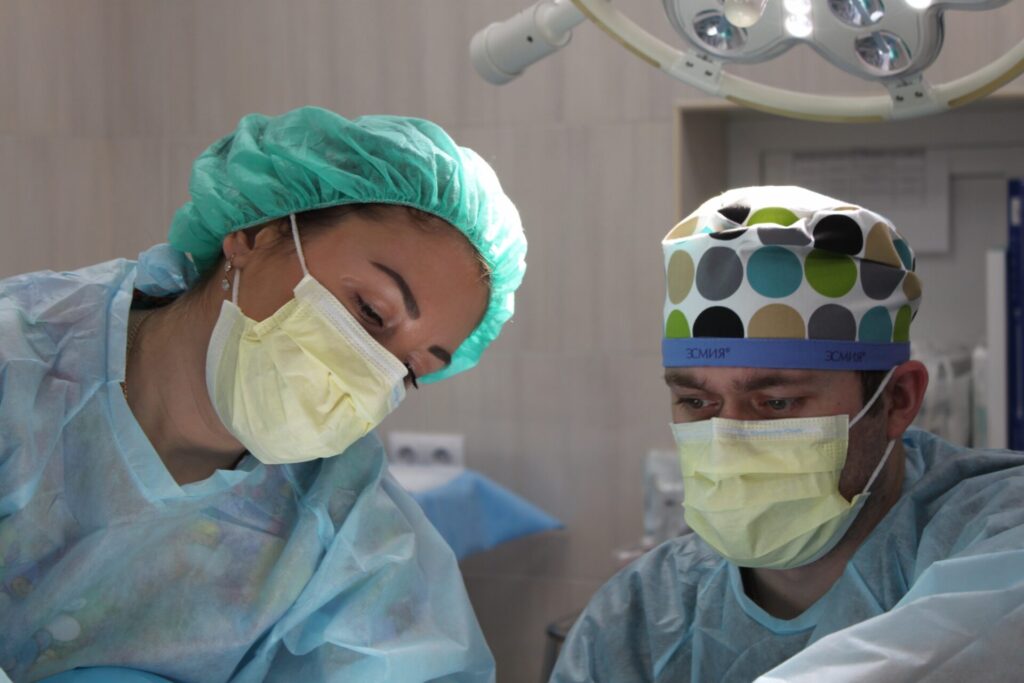How Physical Therapy Helps After Ankle Arthroscopy
Do you suffer from persistent ankle pain due to a Sports Injury? You may benefit from physical therapy following ankle arthroscopy. Physical therapists provide personalized treatment plans that can help relieve the symptoms caused by trauma or injury, like post-operative recovery and arthritic joint inflammation. Physical therapy uses an evidence-based approach, combining stretching, strengthening exercises, soft tissue mobilization and joint manipulation tailored to your level of activity. Read on to find out how physical therapy helps after undergoing ankle arthroscopy surgery!
Understand the Benefits of Physical Therapy After Ankle Arthroscopy
Recovering from ankle surgery can be a daunting process, but physical therapy can make all the difference in getting you back on your feet. After ankle arthroscopy, physical therapy can help decrease pain and swelling, improve strength and range of motion, and prevent future injury. Working with a trained physical therapist can also help address any imbalances or weaknesses in your foot and ankle that may have contributed to the need for surgery in the first place. With a personalized physical therapy plan, you can regain confidence in your ankle and resume your daily activities with ease. Don’t let ankle pain hold you back any longer – schedule an appointment with a physical therapist today!
Learn About the Different Types of Physical Therapies
Physical therapy is an important tool for those seeking to improve their mobility and reduce pain. There are many different types of physical therapy, each with its own specialized techniques and goals. For example, aquatic therapy uses the water’s buoyancy to provide a low-impact workout that can relieve joint pain and improve balance. On the other hand, manual therapy involves hands-on techniques that manipulate muscles and joints to increase flexibility and reduce pain. Whatever your needs, there’s a physical therapy option that can help you achieve your goals and improve your quality of life.
Develop an Exercise Program for Maximum Results
Are you tired of working out and not seeing the results you want? It’s time to develop an exercise program that will give you maximum results! The first step is to identify your fitness goals and create a plan that will help you achieve them. Incorporate a variety of exercises, including cardio and strength training, to challenge your body in different ways. It’s also important to keep switching up your routine to avoid plateauing. Consistency is key, so set a realistic schedule and stick to it. Finally, make sure to fuel your body with nutritious food and plenty of water to support your workouts. By creating a personalized exercise program and committing to it, you’ll be well on your way to achieving your fitness goals.
Get Educated on Ways to Minimize Swelling and Pain
Pain and swelling can be a real discomfort in our daily lives. Whether it’s the result of an injury or a medical condition, finding ways to lessen its impact can go a long way in improving our quality of life. Luckily, there’s hope. From simple habits such as staying hydrated and maintaining a healthy diet to more advanced techniques like physical therapy, there are plenty of ways to minimize swelling and pain. If you’re tired of experiencing discomfort, consider getting educated on preventative measures and treatment options that work for you. A little bit of knowledge can go a long way in helping you feel your best.
Identify Strengthening Exercises That Can Help Improve Mobility
Maintaining mobility is crucial for leading a healthy and active lifestyle, especially as we age. One of the most effective ways to boost mobility is to engage in regular strengthening exercises that target major muscle groups. These exercises can help increase flexibility, balance, and coordination while also reducing the risk of injury. Some examples of strengthening exercises that can benefit mobility include squats, lunges, planks, and push-ups. By incorporating these exercises into your fitness routine, you can improve your overall mobility and physical function, making it easier to perform everyday tasks and enjoy your favorite activities. Remember, consistency is key when it comes to strengthening exercises, so try to make them a regular part of your workout routine.
Utilize Supportive Devices like Bracing or Orthotics to Aid Recovery
When it comes to recovering from an injury or medical condition, utilizing supportive devices like bracing or orthotics can make a world of difference. With these tools, you can provide extra stability and structural support to the affected area, which can help to speed up your recovery time and prevent further damage. Whether you’re dealing with a sprained ankle, a torn ligament, or even a chronic condition like arthritis, bracing or orthotics can help to alleviate pain and improve your mobility. Plus, these devices are often customizable to fit your specific needs, ensuring a comfortable and effective recovery process. So, don’t hesitate to talk to your healthcare provider about incorporating bracing or orthotics into your treatment plan and get on the path to healing today.
Conclusion
Physical therapy is an important tool for anyone recovering from ankle arthroscopy surgery. It can help to minimize swelling, and pain, and improve mobility. Utilizing different types of physical therapies such as heat treatments or massage can be beneficial in the healing process. Additionally, learning about strengthening exercises and having around-the-clock support can further aid in the recovery period. Lastly, supportive devices such as braces and orthotics can be instrumental in getting back to daily routines quickly. Overall, a focused plan and knowledge of therapeutic strategies post-surgery will ensure a successful and healthy recovery.

